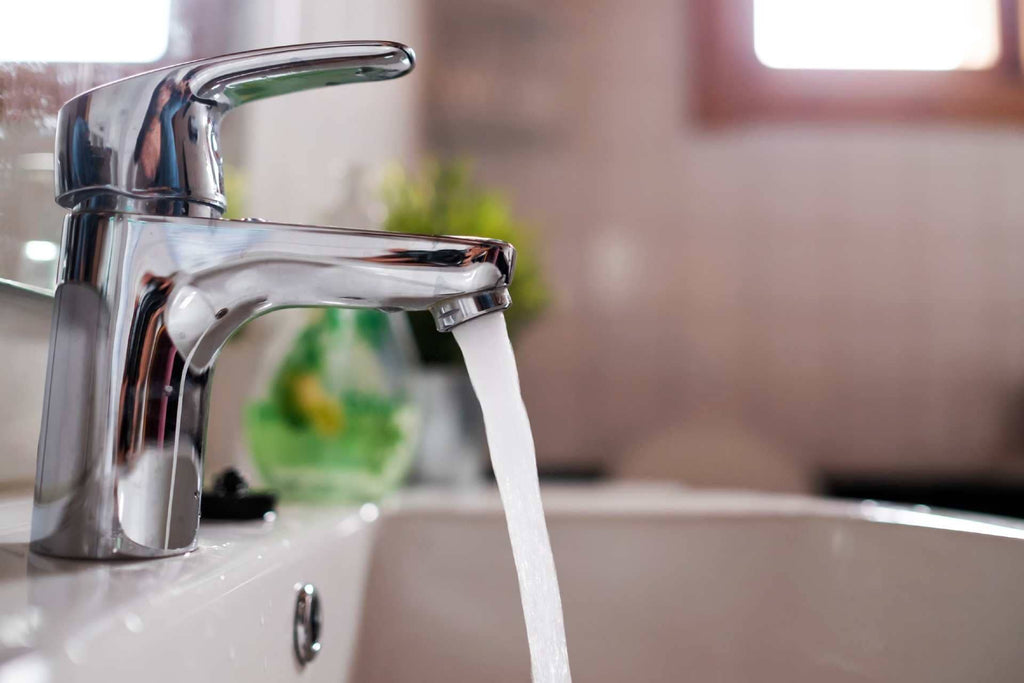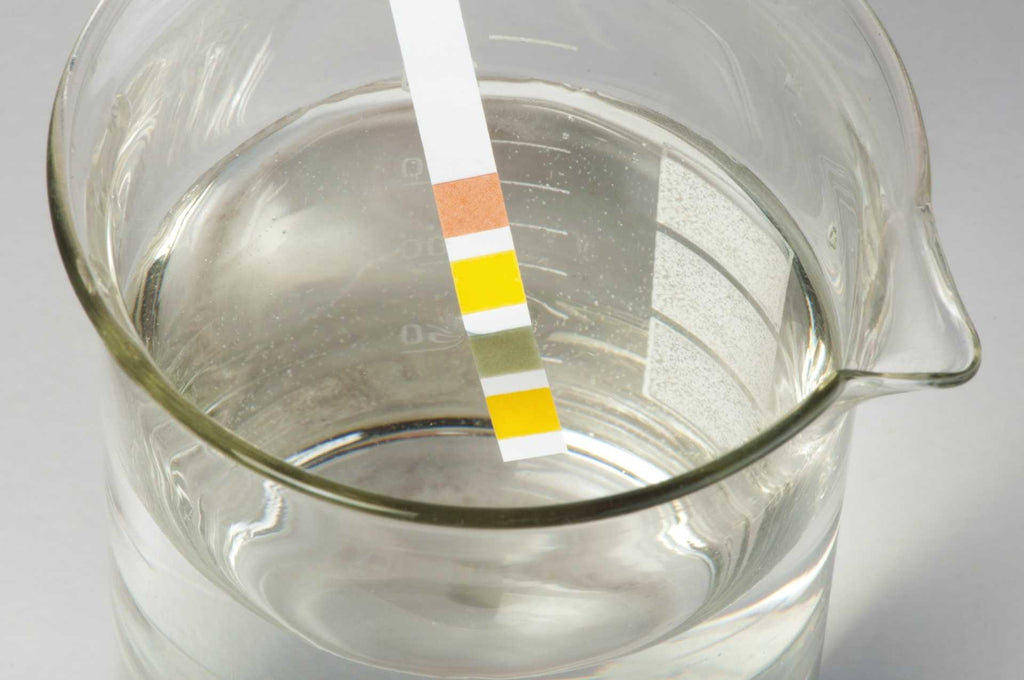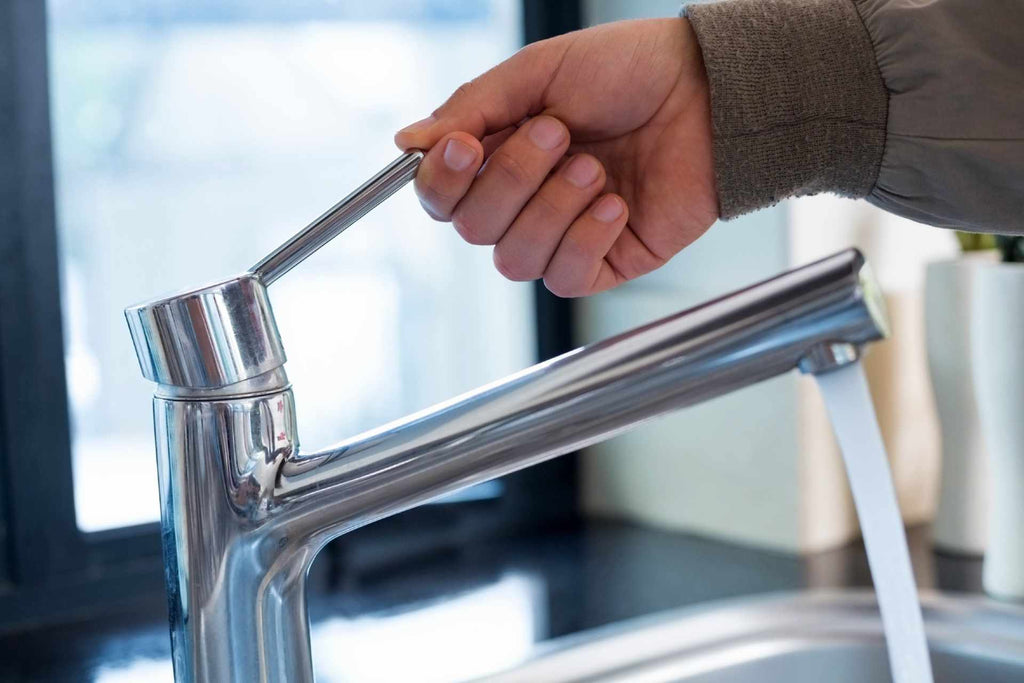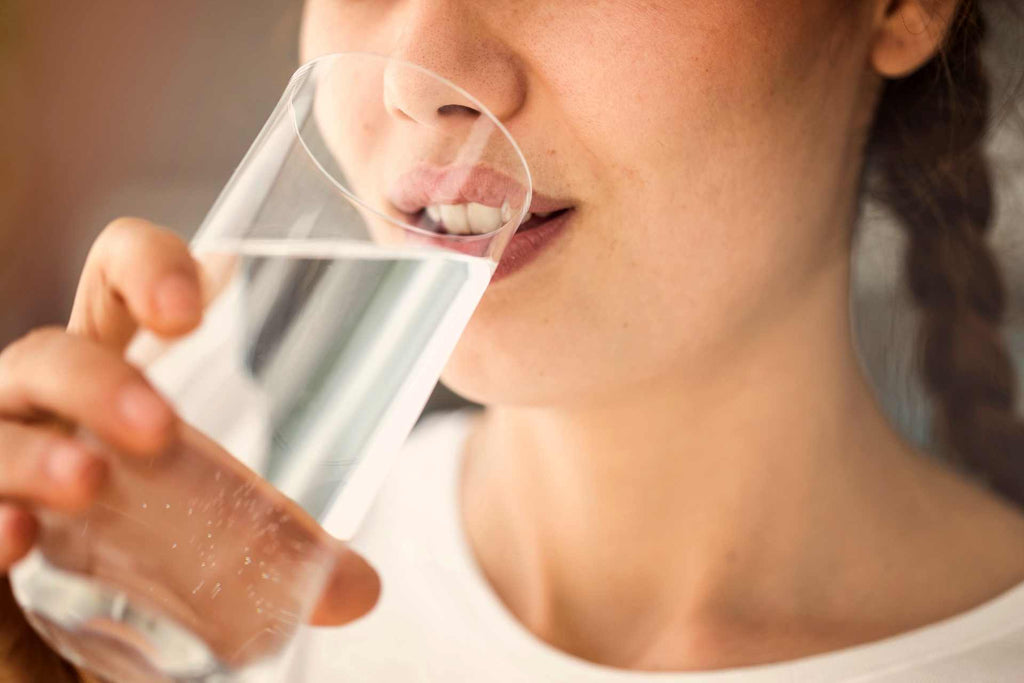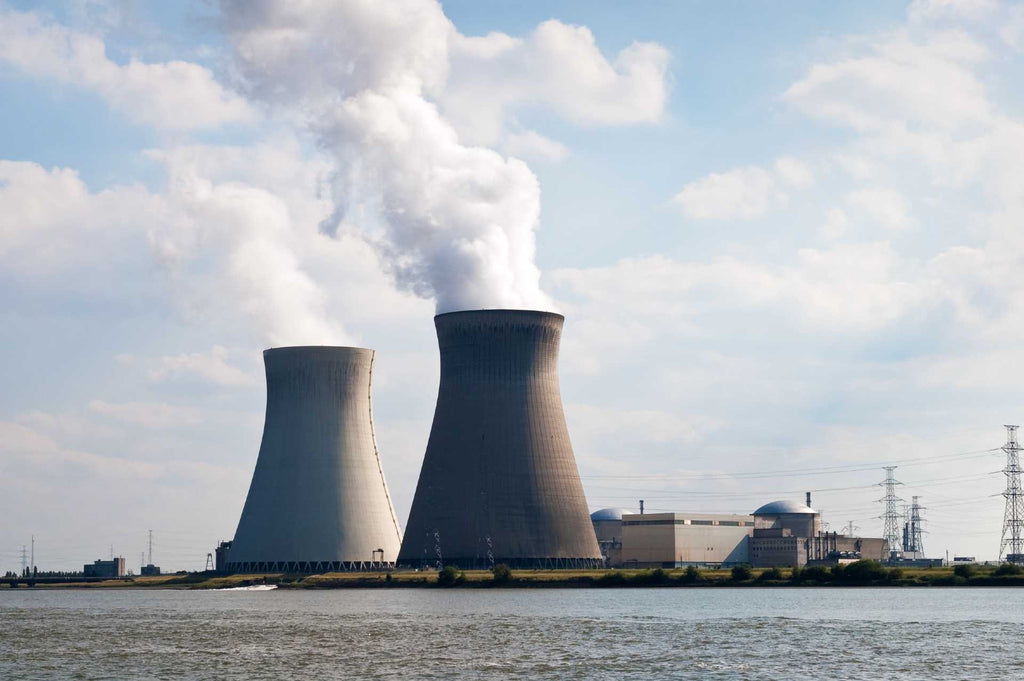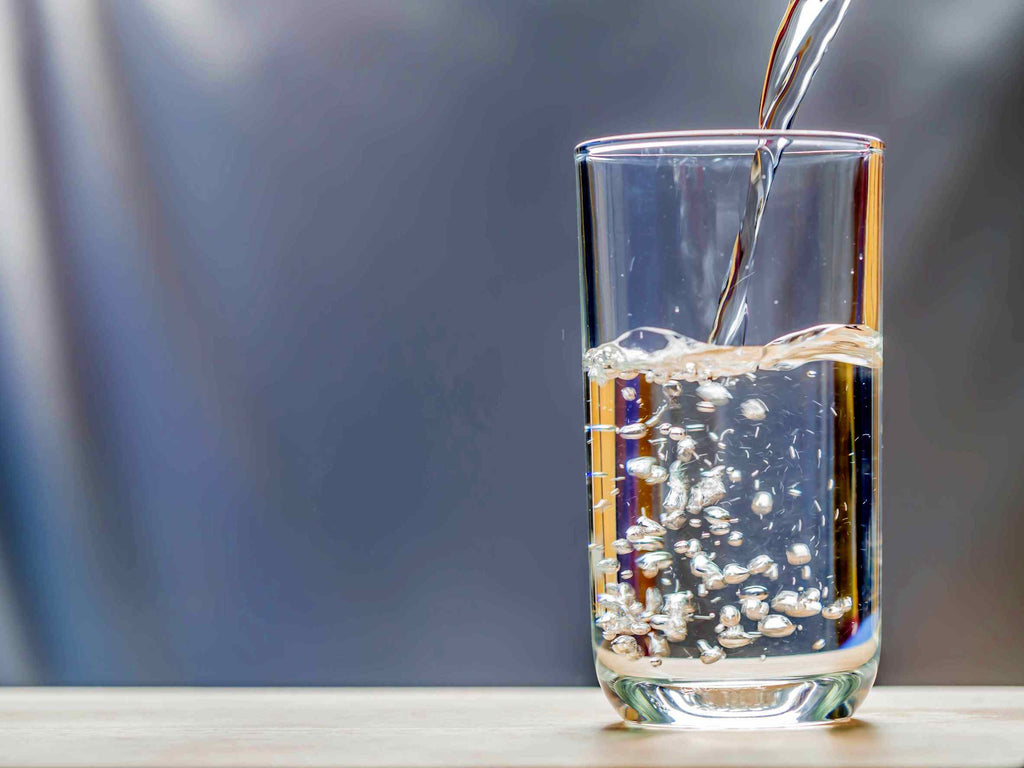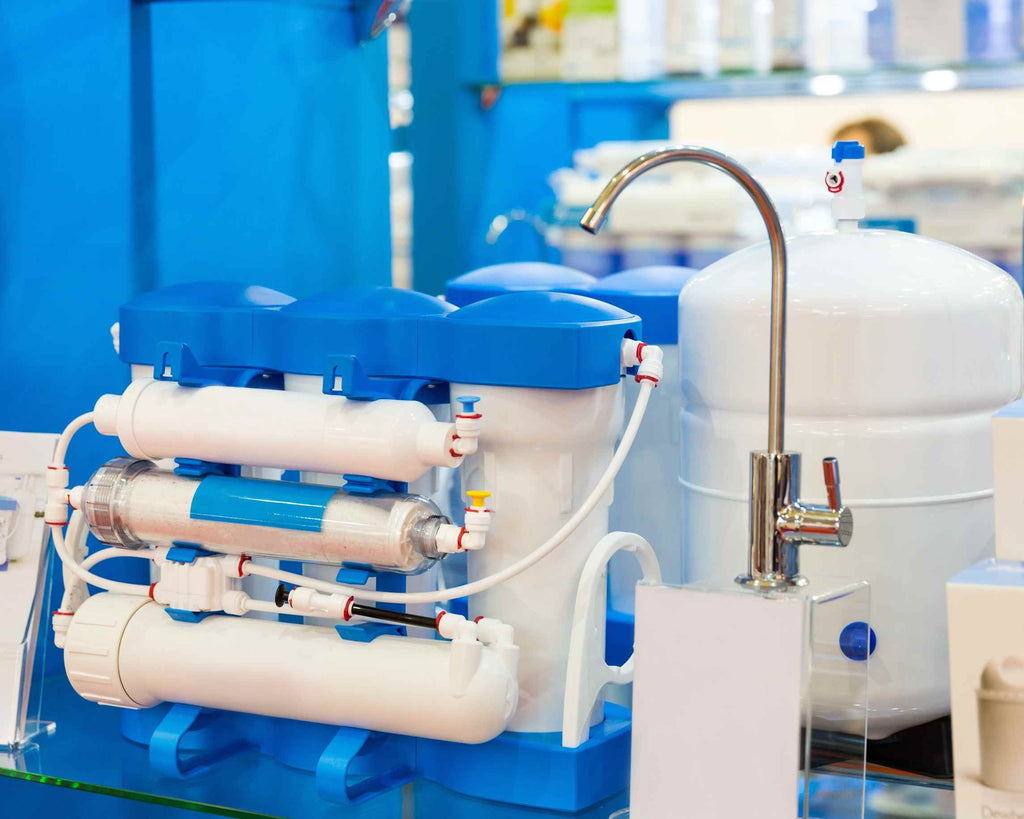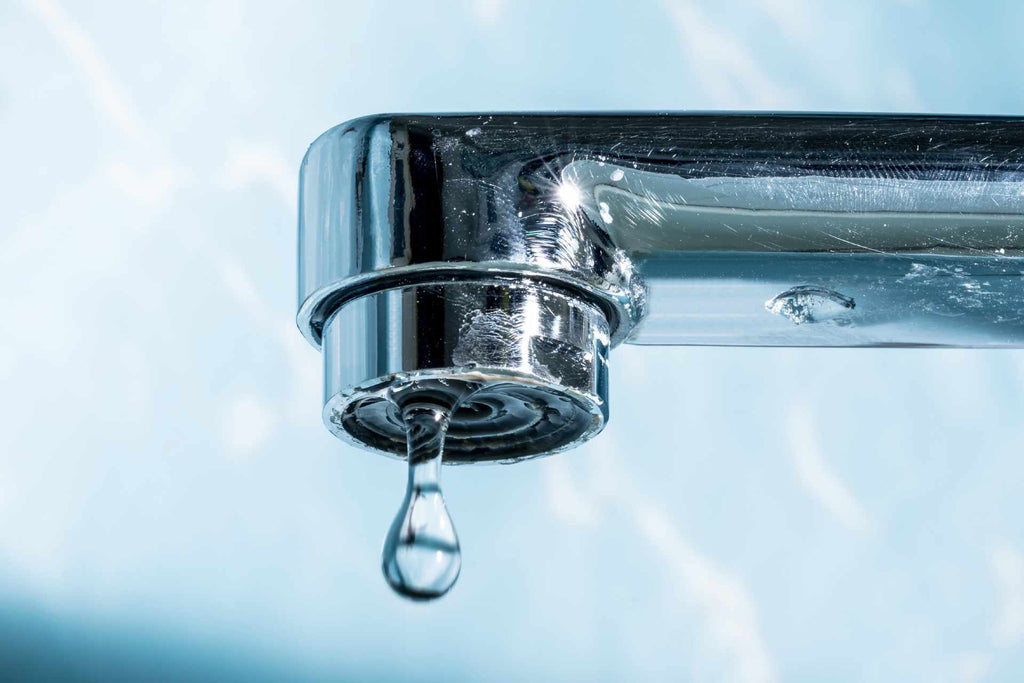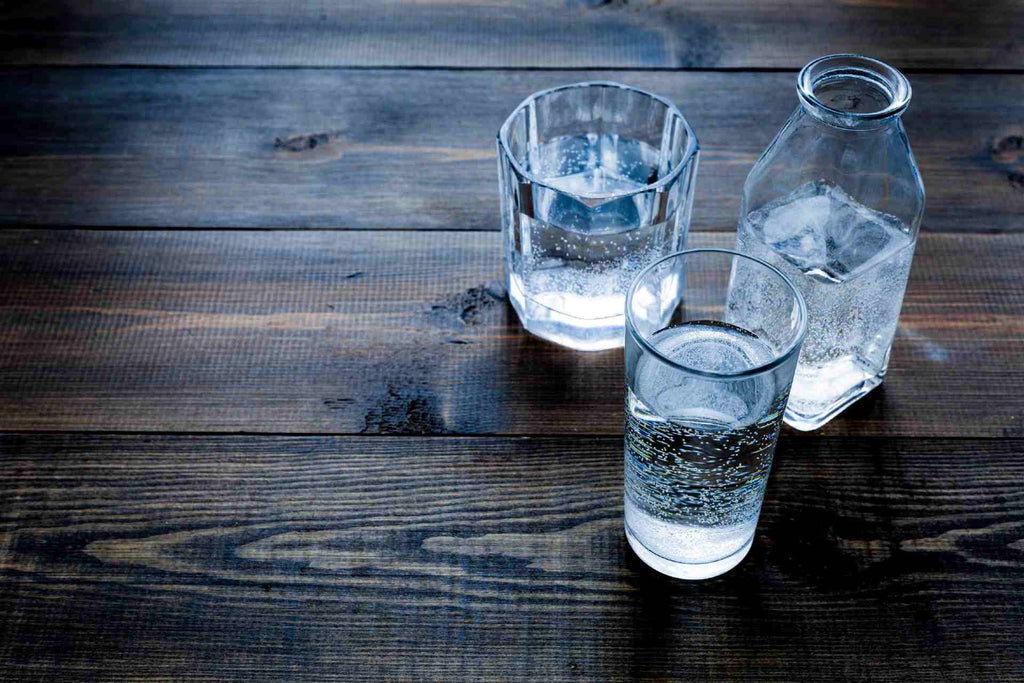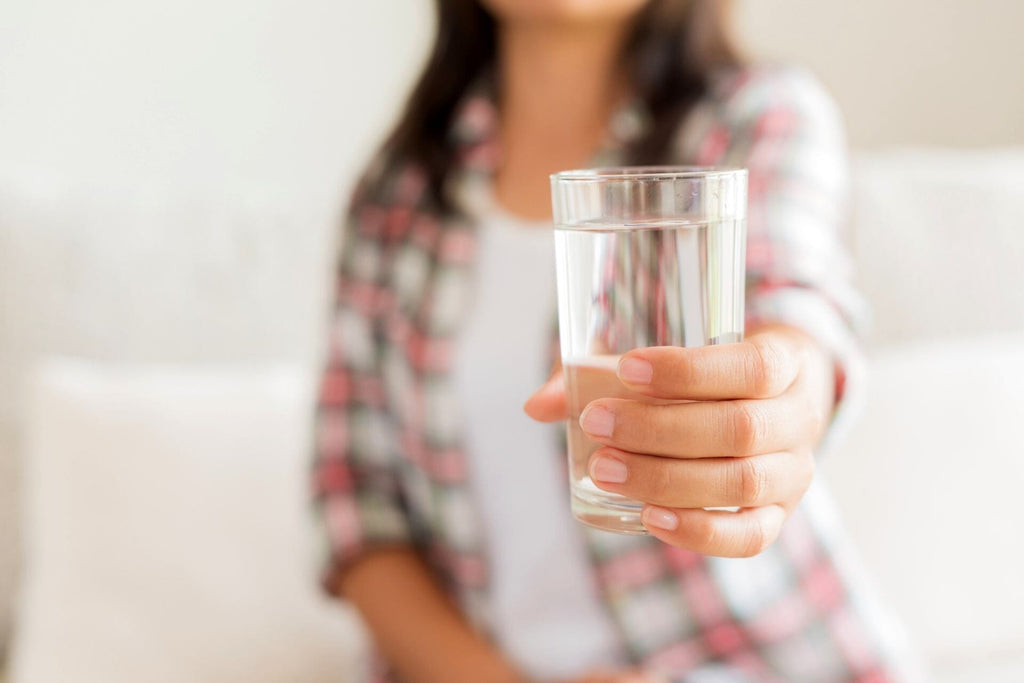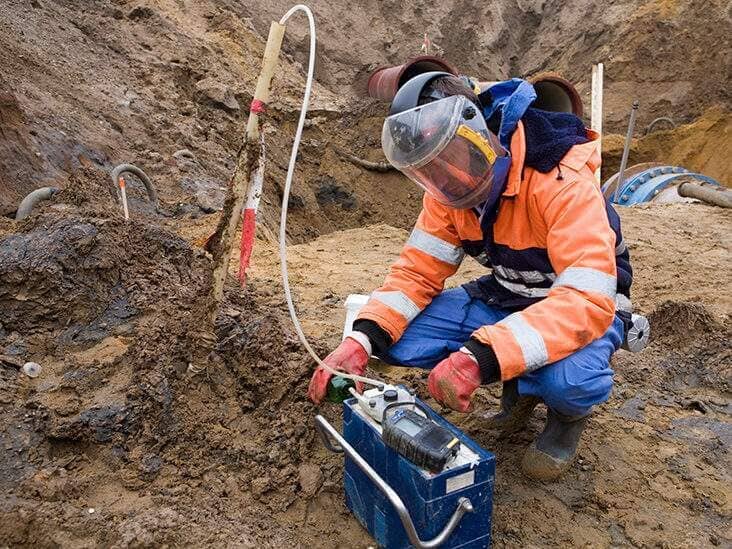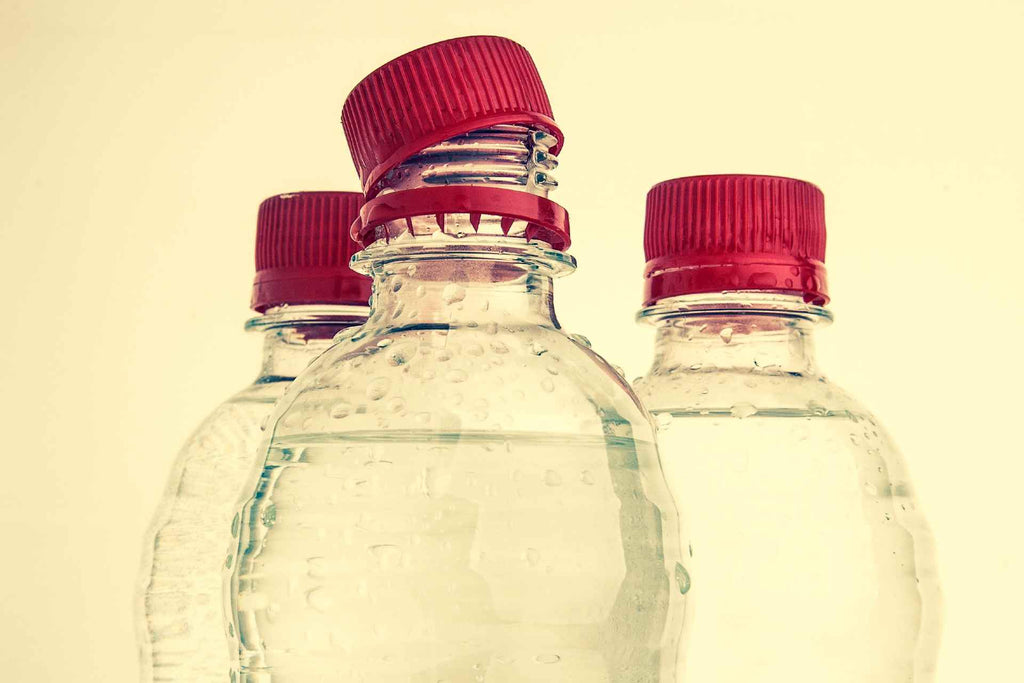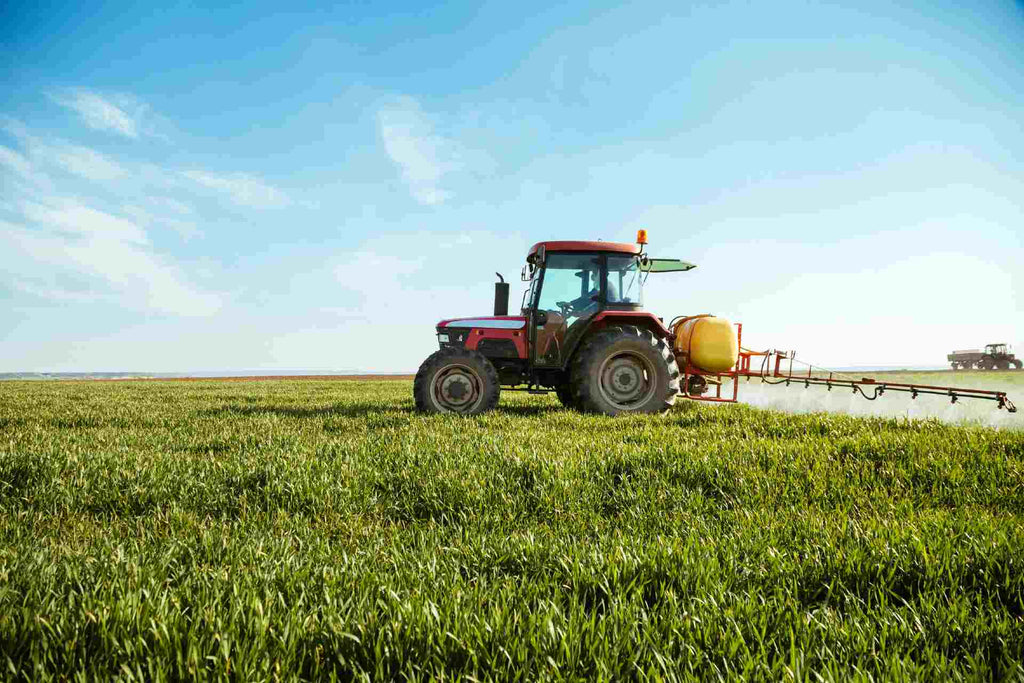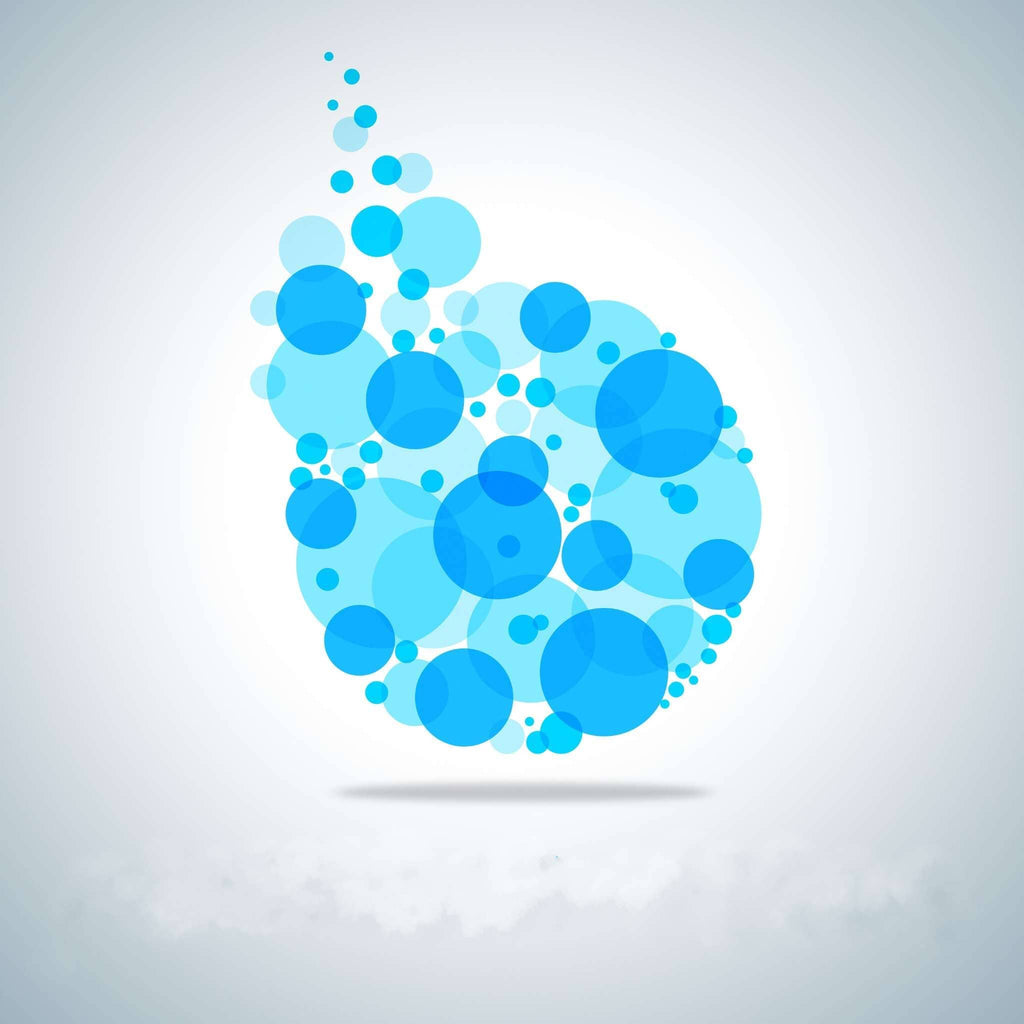All About Water - Water Quality, Water Filter, Water Resources and Issues
Tap Water Contaminants You Didn't Know Existed In Your Water
A safe drinking water is one essential aspect of our life that we take for granted. On average, each of us drinks two liters of water every day. As such, our drinking water is prone to be exposed to various substances.
We take actions only when we experience crisis, such as lead contamination. During this time, we investigate what are the chemicals present in our tap water source.
America is not the only region where problems in the tap water exist. As a matter of fact, it is felt throughout the world.
While there are cases won over the years, but every consumer must still be vigilant with regards to toxins lurking at the pipes and faucets.
Indeed, water contaminants can lead to adverse health effects which can be short or long term. Examples of which are reproductive health issues, gastrointestinal illness, respiratory, and cancer.
Here are some of the tap water contaminants that you don’t know existed in your water, check this article now.
Does Water Help Heartburn? Best Natural Remedy For Heartburn and Acid Reflux
Heartburn is a common health condition experienced by many men and women. It feels like there is a burning pain in the chest behind the breastbone. It gets worse during the evening, after eating, or when bending or lying down.
Some of us manage the pain by changing lifestyles. Others survive the condition by relying on over-the-counter medicines.
Meanwhile, if heartburn becomes more frequent and it disrupts your daily routine, then it is best to see a doctor. It might be a symptom of a serious health problem which will require medical attention.
In this article, we will discuss deeply what heartburn is. Then, we will introduce the natural remedy for it. Finally, we will tackle if drinking water does help ease the pain of heartburn.
Alkalinity Of Water Definition: What Is The Alkalinity In Drinking Water?
The pH level of the drinking water refers to how basic or acidic it is. The pH level is related to the hydrogen ions found in the water. It stands for potential of hydrogen.
The alkalinity refers to the measure of the capacity of the water to neutralize the acids. It can measure the presence of the bicarbonate, carbon dioxide, hydroxide ions, and carbonate which are naturally present in the water. The pH level of the water at normal drinking level, carbonate and bicarbonate are the main contributors of its alkalinity.
Check out this article to know more about the alkalinity of drinking water, what are its benefits, and possible health risks.
Drink Water First Thing in the Morning! Here’s 10 Amazing Benefits You Get
Your body exerts energy and power in your everyday work, so you try to soothe yourself through hydration. Some people underestimate the importance of drinking water during a hectic day. But did you know drinking water first thing in the morning has many health benefits? Your body is craving water when you wake up in the morning. As soon as you get up, grab and quench a glass of water, and your health will be more than rejuvenated in more ways than you can imagine. Did you know the secret of Japanese...
Too Much Chlorine in Drinking Water Can Be Dangerous - Does the Berkey remove Chlorine?
Chlorine is undoubtedly the most commonly used drinking water disinfectant worldwide. This halogen element has provided safe drinking water in the United States for over 100 years. Starting September 26, 1908, Jersey City, New Jersey, became the first U.S. city to routinely chlorinate its drinking water supply. Over a thousand U.S. urban communities adopted chlorination throughout the following decade, resulting in a drastic reduction in the incidence of infectious diseases. Today, around 98 percent of U.S. water treatment systems use chlorine purification to provide safe drinking water. The U.S. Ecological Protection Agency (EPA) requires treated tap water to contain...
Americans Have Been Overdosed On Fluoride In Drinking Water
Fluoride, also known as sodium fluoride, is a derivative of salt. It’s known that fluoride helps to strengthen the teeth. Fluoride is a natural element found in the environment.
Though beneficial when ingested in a low dose, prolonged exposure and consumption can lead to serious health problems.
Fluoride is naturally found in groundwater. Though there are synthetic fluorides that are chemically created and combined with certain products such as toothpaste to help strengthen and whiten teeth, the waste materials from these products coming from certain industries can leak through the soil and can contaminate the public water supply.
Some countries that depend on groundwater as a source of drinking water are gravely affected since groundwater have naturally occurring fluoride.
PPCPs and EDCs in Drinking Water - Contaminants of Emerging Concern
Emerging contaminants have now turned into a trendy and large research platform. The substantial number of emerging contaminants represents a test for regulatory agencies. This group of pollutants is ideally named "contaminants of emerging concern." An established point of view is given on advancing the issues encompassing emerging contaminants and how environmental researchers have handled this issue. This started with worldwide lead contamination from the Romans two centuries back, proceeded to arsenic-based and DDT issues, and recently, to pharmaceuticals, nanoparticles, personal care products, fire retardants, etc. Contaminants of emerging concern will remain a moving focus as new chemical compounds are...
Radiological Contaminants In Water: How To Remove Radiation From The Water?
Since the discovery that ionizing radiation can produce ill effects in the body, various international and national groups begin to study the existence of radiation in the water. Also, they have studied how the human population is exposed to it. Furthermore, they have estimated the biological effects of such exposure.
Luckily, there is an abundant source of information on the biological hazards of ionizing radiation. For example, the Subcommittee on the Radioactivity in the Drinking Water has heavily relied on the data of the abstracts of the groups. They have summarized it accordingly per sections.
In other cases, it is possible to have the published and unpublished data into an assessment of the radioactivity effects in the water of the people in the United States.
As such in this article, it will discuss the presence of the radiological contaminants in the water. Also, it aims to explain ways on how to remove it effectively to make the drinking water safe from contamination.
How To Remove Chromium 6 From Water - Potential Health Risks of This Contaminant
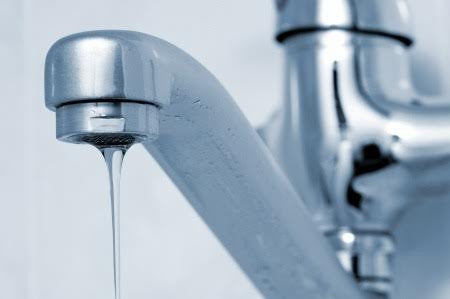
People have been alarmed by prevailing contaminants that pollute our water systems. There are a lot of contaminants present that poses certain risks to a person's health. One of the contaminants that have been given attention now is Chromium 6. It has been found that Chromium 6 is starting to contaminate our water at an alarming rate. Not to mention that this particular contaminant can be harmful when consumed over some time.
Studies and researches have been made to try and explain the nature of Chromium 6 and what it does to our water, most importantly, a person's health. Nonetheless, it is of utmost importance to spread knowledge and awareness to the community on dealing with such a contaminant. If it contaminates our waters and harms our health, we would want to know how to remove it from our drinking water.
There is a choice whether to ignore the fact that your water might be contaminated with Chromium 6 and go about on your daily activities, or you could try to at least educate yourself about the potential health risks this contaminant might cost you one day. Yes, you may not be seeing or experiencing any health problems at the moment and might think that everything is okay. However, it is best advised to stay alert and aware of the consequences it may bring.
Everyone deserves the right to have access to safe and drinkable water, and no one should be deprived of that right. It is just proper to add that everyone also deserves the right to be informed.
What is Chromium 6?
Chromium 6 is an element belonging to the periodic table that is classified under metallic element chromium. Another term known for calling Chromium 6 is the Hexavalent Chromium.
Chromium 6 does not carry any distinct smell or taste. In addition, it naturally evolves in different kinds of rocks, soils, ores, volcanic dust, and even in plants, animals, and humans.
Numerous kinds of Chromium were recognized. But, the most identifiable forms of Chromium in society are the trivalent Chromium (chromium-3), hexavalent Chromium (chromium-6), and the metal form of Chromium (chromium-0).
Although the numerous forms of Chromium are prevalent, what will be tackling is Chromium 6 in specific. For the reason that it is the particular chemical compound that threatens the quality and safeness of our water. Especially for consumption.
Typically, Chromium 6 is produced through different industrial processes. Commonly, the Chromium 6 is used for manufacturing chrome plates, an essential component in making stainless steel plays an important role in wood preservation, leather tanning, and textile dyes and pigments. It is also proven that Chromium 6 is a great compound for anti-corrosion usages and also conversion coatings.
How to Remove Chromium 6 in Drinking Water
It can be a difficult task to remove Chromium 6 from your water source completely. Unlike lead, which can be removed through flushing the pipes, since lead leaches into the water pipes, Chromium 6 is different. Flushing your water pipes would not result in trying to remove or reduce Chromium 6 in water. Due to the reason that chromium 6 is mixed from the water source itself.
A few methods to efficiently remove Chromium 6 in your water are reverse osmosis and using a high-end water filtration system.
Things to do to protect the Family

One of the simplest yet most effective ways of dealing with high levels of Chromium in the drinking water is through installing the water filter.
On the other hand, many people turn to bottled water as a temporary solution. But this method must be approached with caution. Although they follow the same standard as the public water utilities, bottled water companies are not required to announce their findings in public.
As such, bottled water can contain chemical contaminants that exceed the levels allowed by the state. Also, it is not tested often for biological contaminants. Finally, the use of bottled water is harmful to the environment due to plastic bottles.
For affordable protection, you can have the countertop filter or the pitcher filter. Indeed, these units are affordable than reverse osmosis. But make sure to do your research and check those products that can remove the Chromium 6.
What is Reverse Osmosis?

Reverse osmosis is used to treat water to remove harmful contaminants from water by applying pressure to the water that would force water molecules to pass through a semipermeable membrane. The semipermeable membrane is composed of microscopic pores that prevent contaminants from passing through. During that process, the contaminants are now filtered out, leaving you with contaminant-free water.
When the contaminants are now separated from the water source, they are drained out from the reverse osmosis water system. Permeate, or product, is the term used when the water successfully made it through the membrane. Usually, the permeate or product has contaminants removed by up to 95% to 99%.
There are a variety of reverse osmosis systems that are now made available in the market. However, such systems do not promise the same level of contaminant removal instead of higher ends of water filtration products. It has been proven that although reverse osmosis can indeed remove contaminants, there are still more effective filtration devices that assure you of a higher contaminant removal rate. One of the examples of water filtration systems is the Berkey Water Filtration Systems.
What are the Berkey Water Filtration Systems?

The Berkey Water Filtration Systems has been the most talked-about water system product globally.
They have set the standards high worldwide when it comes to ensuring safe and healthy drinking water. It has already been tested and proven that the Berkey Water Filtration System can remove 99.99% of all potentially harmful water contaminants and pollutants. This includes bacteria, cysts, parasites, viruses, protozoans, toxic chemicals, pesticides, and heavy metals such as mercury and lead. Not to mention that the Berkey Water Filtration System can also significantly remove fluoride, arsenic, and even food coloring that was mixed in your waters. On top of that, it still manages to leave all the necessary nutrients that the body needs for a day-to-day encounter.
The Berkey Water Filtration Systems are designed with a well-constructed, highly polished 304 stainless steel. Not only that, but it also comes with a complete package essential kit containing 2 Black Berkey elements (expandable to 4), two chambers, a lid, a spigot, a rubber gasket base, and two blocking plugs. In addition, the Berkey systems can significantly reduce fluoride and arsenic through its 4 PF-2 Fluoride and Arsenic filters that can be installed into the lower chamber. To top it all off, the Berkey systems can also remove food coloring that was mixed with the water.
The Black Berkey Elements are the heart of the Berkey Water Filtration System. It is the one that is responsible for doing all the filtration work, and it is found to be very effective and reliable when you want to provide your household with safe and drinkable water.
Here are some of our products in the Berkey Water Filter that can help you eliminate the Chromium 6 in the water:
Crown Berkey Water Filter-6 Gallons

One of our products is the Crown Berkey Water Filter. According to the lab test results, it can remove up to 99.85% of Chromium 6 in the water. As such, one is assured that he can have clean water for the whole family.
The Crown Berkey Water Filter can produce up to 6.5 gallons of water per hour under normal use conditions. Six to twelve people can use the product in regular everyday use. During emergencies, it can accommodate up to 300 to 625 people each day.
Moreover, the Crown Berkey comes with two Black Berkey Elements. However, you can upgrade it to 4, 6, or 8 anytime that you like.
As to its specifications, the product has 6 gallons of water capacity. It has a diameter of 11 inches and a height of 31 inches.
Grab yours now here!
Berkey Light Water Filter

For a lighter version of the Berkey products, grab the Berkey Light Water Filter now. This one has a flow rate of 4 gallons in the first hour at regular usage. It can accommodate 1 to 5 people at normal use. But during emergencies, it can serve up to 200 people each day.
The Berkey Light Water filter can remove up to 99.85% of the Chromium 6. Furthermore, it is made of a non-BPA or BPS co-polyester.
As to its specifications, the Berkey Light Water Filter has a filter capacity of 4 Black Berkey and four fluoride filters.
Grab yours now here!
The Dangers of Chromium 6 towards Human Health

The United States Department of Labor shared a public article that discusses the detailed health troubles that exposure to Chromium 6 can cause. In addition, they were also able to briefly summarize certain health conditions that a person could acquire upon exposure to chromium 6.
"Adverse health effects associated with Cr(VI) exposure include occupational asthma, eye irritation and damage, perforated eardrums, respiratory irritation, kidney damage, liver damage, pulmonary congestion and edema, upper abdominal pain, nose irritation and damage, respiratory cancer, skin irritation, and erosion and discoloration of the teeth. Some workers can also develop an allergic skin reaction, called allergic contact dermatitis. This occurs from handling liquids or solids containing Cr(VI), such as portland cement. Allergic contact dermatitis is long-lasting and more severe with repeated skin exposure. Furthermore, contact with non-intact skin can lead to skin ulceration, sometimes referred to as chrome ulcers. Chrome ulcers are crusted, painless lesions showing a pitted ulcer covered with fluid." (www.osha.gov)
Further research and studies are still being continuously conducted to determine the specific health risks Chromium 6 can bring upon ingestion through drinking water. For now, Chromium 6 is identified as a human carcinogen, which means that it promotes cancer formation. This is because carcinogens can damage genomes in the body and disrupt the cellular metabolic process of the body. Many natural carcinogens have already been identified, and Chromium 6 is categorized under one of them.
Health authorities are still left with questions about the particular health problems that Chromium 6 might cause to a human. They are not yet certain of the exact level of Chromium 6 that causes health risks or troubles. On the other hand, what they have yet found out is that when they mixed a certain level of Chromium 6 on the drinking water of rats and mice, they, unfortunately, developed cancer over time.
Regardless of the uncertainty when it comes to the potential health risks that the Chromium 6 can do, scientists, who continue to study and seek further data when it comes to Chromium 6 in drinking water, for some reason, are concerned even with just the low levels of Chromium 6 found in drinking water. Particularly on the infants or kids, or even a developing fetus, can be exposed to such contaminants.
Nonetheless, the presence of Chromium 6 in our drinking water is still a topmost concern to almost all communities. There may not be any particular names of health problems directly caused by the contamination of Chromium 6 yet. However, there are symptoms of minor pains and discomfort that can be acquired upon ingesting the Chromium 6. Furthermore, such symptoms are said to increase in their severity when consumed over a long period.
Fortunately, the brighter side of this is that Chromium 6 contamination takes a longer period before it does something major to human health.
Chromium 6 in California, 2016
The different communities of California reported their concern regarding the presence of Chromium 6 in their drinking water. The issue has affected several areas of the state, affecting not only hundreds but thousands of people. For example, residents in Rio Linda, California, were significantly affected by this Chromium 6. It has also been reported that due to the severe contamination of this Chromium 6, several local wells had to be abandoned because they were already unusable due to the Chromium 6 taking over their waters. It is alarming that even though this is the place that is known to be firm and strict when it comes to their regulatory limits about Chromium 6, the contaminant somehow still seemed to manage its way through the California waters.
As of 2016, California is the only state that could enforce a maximum contaminant level for Chromium 6. Approximately seven million Americans are receiving tap water containing higher levels of Chromium 6, which was considered dangerous.
However, there was no trace of the origin of where the Chromium 6 was able to make its way to their waters. The only potential reason that they can identify the case was the McClellan Air Force base. Residents stated that they use the base as their location to proceed with their aircraft chrome plating operations. Hence, the source perhaps increased the volume of the Chromium 6, which heavily affected their water.
North Carolina residents were also expressing their concerns and raising their complaints due to the Chromium 6 contamination of their waters. The most affected by this were those near power plants that utilize coal for their operations.
Bill Walker once stated that we could never be too concerned with only one contaminant in our water. Since the real problem is that our water is found to be contaminated with hundreds of things in this generation, and having hundreds of those contaminants is more dangerous than having only one single contaminant in our water.
Why Take Care of your Water?

Water is, without a doubt, the necessity a person could have. It is the powering fuel that our body needs to function properly and efficiently. The average human body is barely composed of 60 percent water. Not to mention that every organ, bone, and skin is also individually composed of water too. In that alone, it is clear enough to assume that our body runs on water.
Without water or with little access to it, your body might result in being dehydrated, and that is not a good sign. Dehydration can seriously affect the overall performance of a person. Not only that, but it also branches out other sicknesses such as high blood pressure, skin diseases, kidney troubles, and many more, all because of dehydration or an inadequate amount of water.
Taking all of these into context, water must be assured of its cleanliness and safeness for a person to consume. We can not only rely on the fact that water alone can aid us in achieving good health and reach our optimum potentials. But, clean water is the key to attaining all of these.
Is Reverse Osmosis The Best Water Filtration System?
Water-related problems have existed for the longest time now, and since it’s a fact that everyone knows. Developments and methods were made with hopes to stop these troubles from causing harm.
The importance of treatment comes down to the truth that water is not only used for chores, but we also consume it and let it stay on our body.
There are many sources that supply water, natural or the water reserves; the sad truth, however, is regardless where our water comes from, its cleanliness and safeness is questionable.
The crystal clear river that you think is safe from chemicals may have dissolved organic matters with it, and even the ones from treatment plants may acquire contaminants as it flows towards your homes.
Water as a natural matter had some unworried about contaminants; they share the belief that as long as they’re hydrated; it’s enough. What they failed to see is how dangerous some contaminants are, the harm of these contaminants may range from little effect or to long-term harm.
With the many methods and technologies developed, Reverse Osmosis Water Filter seems to be one of the most popular, but what really is it?
How To Remove Chlorine And Chloramine From Drinking Water Naturally. Best Filtration Without Chemicals
Try to imagine how our life would be without water, what are we going to use to take a bath or to shower?
What are we going to wash our clothes and dishes with? What are we going to use to quench our thirst?
It is true. Life is unimaginable without water.
But, what if the thing that we all think is the one sustaining our life is actually the one that is poisoning us? Will it lead us to sure death? If you think about it, that is not a long shot.
There is pollution, and different kinds of harmful wastes are being thrown in some body of water. You can only imagine what kind of toxic substances can be floating in the water. This water is what you drink, and you use to clean your body with and to wash your clothes and dishes with.
Water companies know how dangerous raw and untreated water can be. So they started using some agents to disinfect the water.
There are two most famous and most commonly used agents for disinfection. They are chlorine and chloramine.
Estrogen In Drinking Water: How To Remove It?
For the past years, Scientists believe that there are chemicals found in the drinking water which do not naturally belong there. With several tests on the tap water and through the observation of the ill effects of the fishes in the rivers, experts have proven that indeed the condition of water sources are becoming alarming.
In one case, it has been found out that the water source is now contaminated by estrogen. Fishes do now have male and female sexual organs. Now, the male fishes’ fertility has decreased until the freshwater fish species have been extinguished.
Thus, this article aims to explain the drinking water conditions we have today. This will unveil if whether or not the water has estrogen and other hormones on it.
Also, this will tackle what are the remedies available in eliminating harmful hormones in the water and make it safe for consumption for the whole family.
Manganese Removal From The Drinking Water - Does the Berkey water filter remove Manganese?
Manganese is a type of metal that is commonly found in the well water around the world. The good news is, there are various water treatment options that can enable the water to become safe for drinking.
It occurs naturally in the soil. It is washed into the drinking water from the rain plus the surface water that seeps into the ground. With the various technologies available today, you don’t have to live your life drinking a contaminated water.
Indeed, the manganese in the water can be a nuisance. It produces a metallic aftertaste on the water, it stains the clothes, it clogs the valve and produces a crusty sheen on the surface of the water. As such, many people would opt to treat their water with higher levels of manganese.
How To Remove Trihalomethanes (THMs) From Drinking Water? Does the Berkey remove THMs?
THMs are a group of chemicals which are formed in the water along with other disinfection by-products. The chemicals included are the chloroform, dibromochloromethane, bromodichloromethane, and bromoform. It is formed when chlorine plus other disinfectants people used in the water will react naturally with the inorganic and organic matter in the water.
The United States Environmental Protection Agency (US EPA) has created the Stage 1 Disinfectant and Disinfection By-products Rule that aims to regulate the THMs at a maximum average level of 80 parts per billion each year.
Some of the main health concern of THM exposure in drinking water is having an injury to the kidneys, liver, increased risk of the bladder, and malfunction of the central nervous system.
Thus, in this article, we will discuss the ways on how can we minimize THMs in the drinking water. Also, we will tackle the standards and initiatives set forth by the authorities in making the drinking water safe for consumption.
Does Berkey Water Filter Remove Lead From Drinking Water?
Are you concerned about lead in your drinking water? Lead is one of the greatest environmental threats. The EPA has set the maximum contaminant level goal for lead in drinking water at zero because lead is a toxic metal that can harm human health even at low exposure levels. It is persistent and can bioaccumulate in the body over time. Water is normally lead-free when it leaves the water treatment plant. However, contamination usually occurs when the water enters your property. Many homes have lead pipes, fixtures, or solders that leach lead into the water. ...
What Antibiotics and Heavy Metal Contamination Do to the Environment?
Low concentrations of different pharmaceutical drugs are advancing into our water systems and soil through improper disposal, such as flushing and human excretion. Whenever people take antibiotics or different medications, they frequently go through the urine unchanged, dynamic, and state. This drug-containing urine, at that point, enters wastewater treatment facilities where it isn't filtered through because of an absence of screening and the important equipment required to remove the drugs. Excrement containing pharmaceutical drugs ultimately ends up in the environment, which is concerning because the environmental effects of this procedure are not yet being revealed and are, thus, broadly unknown. ...
Dangers Of BPA In Plastic Water Bottles You Should be Aware of
However, according to researchers, having plenty of plastics around can cause serious health problems. In addition, the chemical bisphenol A, which is commonly found in the products we use, is something to be cautious of.
In this article, we will discuss what is BPA and what are its effects in the body. We will also introduce the tips on how to minimize the impact of BPA in our health.
Why Is Herbicide Chemical Glyphosate In Your Food And Water?
Glyphosate is a chemical that can be found in the weed killer which is popular around the world. It was discovered in the 1950s and the Monsanto company has patented it. They have included it in the 'RoundUp' product and since then, many people have been using it in their plants.
One strategy of the company to market glyphosate is through the introduction of the Genetically Modified (GM) plants to resist the exposure to glyphosate.
With this in mind, the majority of the products available in the market nowadays have glyphosate on it. According to reports, it can have an adverse effect on the body with continued exposure.
This article aims to explain what glyphosate is and why it is used. Also, this will tackle the advantages and disadvantages of glyphosate. Finally, it will also discuss how do the authorities see the glyphosate in the market.
Benefits of Green Tea - For Skin, Hair, Cold and Overall Health You Did Not Know
Green tea, native to China and India, has been consumed worldwide since ancient times for its health benefits. Eastern cultures have also consumed this beverage because of its apparent health benefits. Aside from being a widely consumed beverage, it has also attracted scientific research for its potential positive effects on the body, especially on the immune system, helping protect against oxidative stress that can harm cells and counteract immune system issues. In addition to health advantages, green tea has impressive effects on skin and hair. Green tea is believed to be exceptionally helpful for the human body. ...
Understanding the Benefits and Risks of Deionized (DI) Water
Deionized water is a type of drink which removed all of its ions and it has no charge. It can be created by taking conventional water and letting it exposed to electrically charged resins that will bind and attract to salts, and remove them from the water.
For years, it has been used in microelectronics as well as in the field of medicine. It is a good solvent for the production of various products we have in the market today.
There are some people who use deionized water in their home while there are some who are hesitant to buy water filters that can produce one for their family.
This article aims to discuss what a deionized water is and how it is made. Also, this will tackle the benefits and risks of using it at home or at the office, plus the tips in the use of the deionized water.

